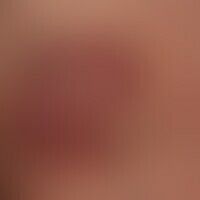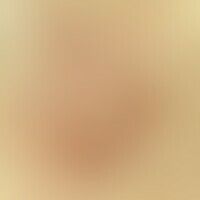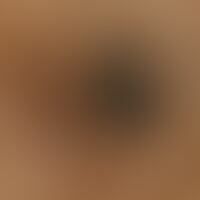Basal cell carcinoma superficial Images
Go to article Basal cell carcinoma superficial
Basal cell carcinoma superficial: Slowly growing, symptom-free plaque with adherent white scales that has been present for several years; a shiny marginal structure is visible on the left margin.

Basal cell carcinoma superficial: A slow-growing, symptom-free plaque with a central, weeping nodule that has existed for several years.
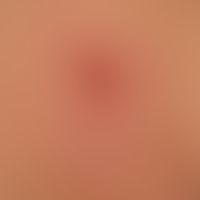
Basal cell carcinoma superficial: A slow-growing, symptom-free plaque with a central weeping nodule that has been present for several years; prominent marginal structures are clearly visible in detail.
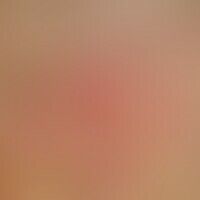
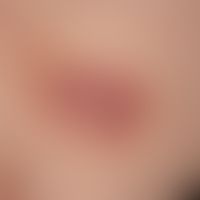
Basal cell carcinoma, superficial: 5.2 x 4.8 cm in size, symptomless, sharply defined scaly plaque with atrophically shiny surface (parchment-like); surroundings changed by patch reaction.
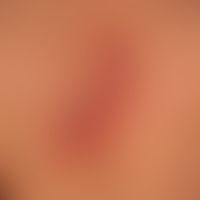
Basal cell carcinoma superficial: slowly growing, symptomless red plaque with a slightly marginalized structure and central crustal formations that has existed for several years.

Basal cell carcinoma superficial: for several years existing, slow-growing, symptomless red plaque with a slightly marginalized border and central crustal formations; detailed picture of the distal part with internal nodular formation and incrustations.
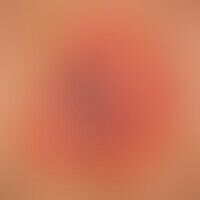


basal cell carcinoma superficial (pigmented): superficial (superficial), multi-segmental, symptomless, partly smooth, partly scaly plaque. arrows mark the pigmented nodular structure in the marginal area. encircles the prominent marginal structure in the "depigmented" part of the tumor. differential diagnosis is to exclude a malignant melanoma of the SSM type.

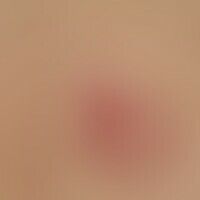
Basal cell carcinoma, superficial. for at least 4 years persistent, size constant, sharply defined, clearly border-emphasized plaque on the back of a 55-year-old patient. This is a partially regressive multicenter superficial basal cell carcinoma.
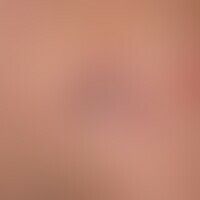

Basal cell carcinoma, superficial, supposedly only existing for 1/2 year, which was treated as mycosis. Sharply demarcated to the surrounding skin, not itchy (!), reddish-brown, only moderately indurated plaque, with interspersed erosions and crustal deposits. On the left and at the bottom a slight walllike border is detectable; clinical indication of a basal cell carcinoma. Finally the classification is only possible by histological examination (3 mm punch biopsy is sufficient).
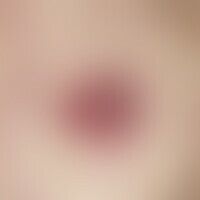
Basal cell carcinoma, superficial, slow-growing, sharply defined, coin-sized, reddish-brownish, low-grade infiltrated plaque with a distinct edge accentuation of small, shiny nodules.
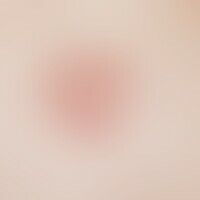
Basal cell carcinoma, superficial, sharply defined, centrally slightly atrophic, scaly plaque in the area of the trunk with a distinct edge.
